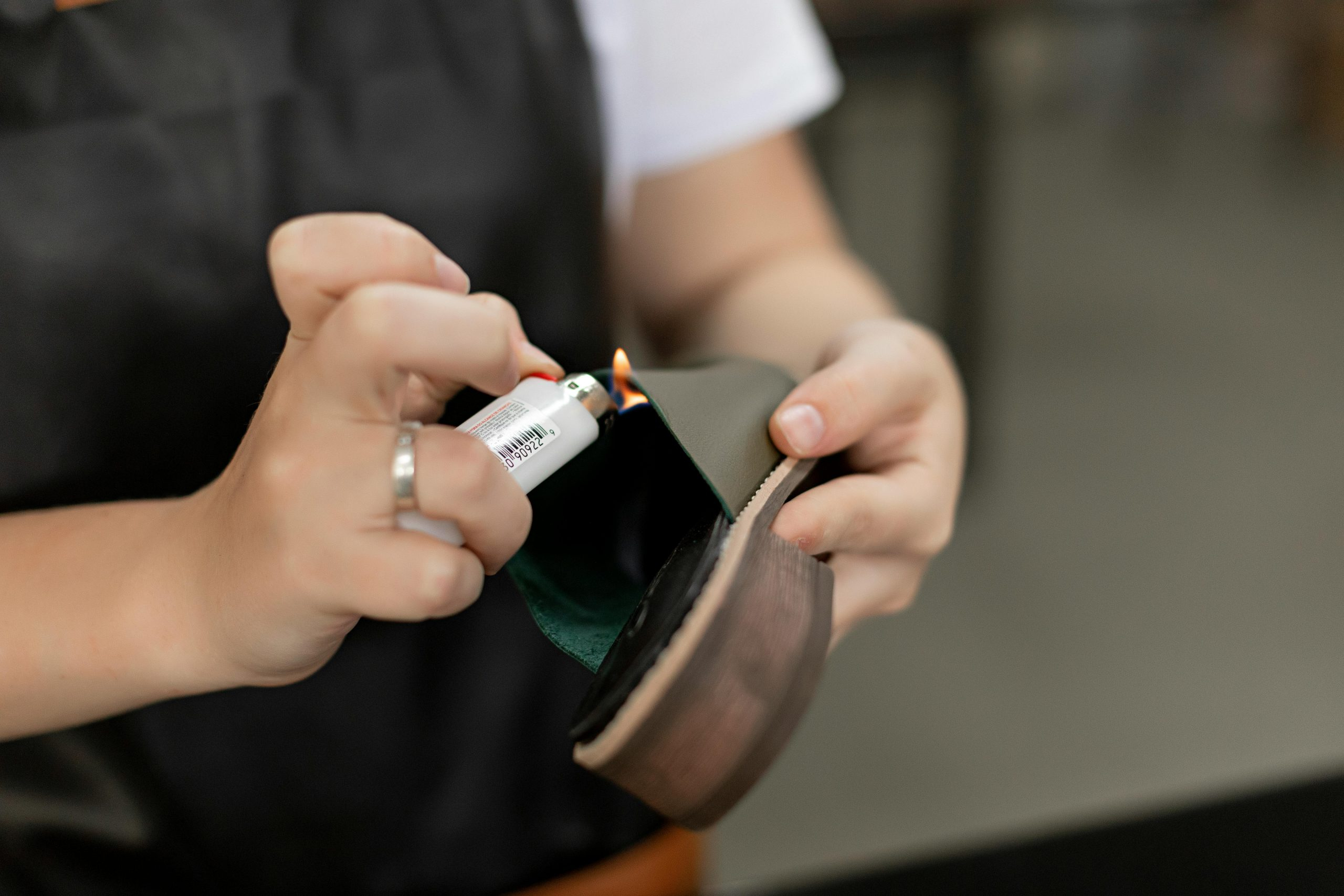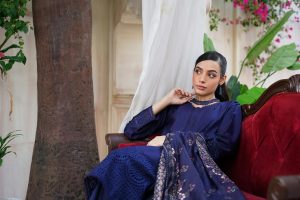The Art of Fashion Draping Techniques
When it comes to fashion design, there are many techniques that designers use to create the perfect masterpiece. One of these techniques is known as fashion draping. This intricate art involves manipulating fabric on a dress form to create unique and innovative designs. Fashion draping requires precision, knowledge of fabric, and a deep understanding of garment construction. In this article, we will explore the art of fashion draping techniques and how it has become an essential part of the fashion industry.
The History of Fashion Draping
The art of fashion draping has been around for centuries and has evolved into the complex technique it is today. In ancient times, garments were created by draping fabric directly on the body, known as the “cut-and-sew” method. However, during the 19th century, the technique evolved with the introduction of dress forms and the use of muslin fabric. This allowed designers to drape fabric on a form rather than directly on the body, making the process more efficient and precise.
The technique gained widespread recognition in the 1930s, thanks to famed designer Madame Vionnet. She revolutionized the fashion industry with her innovative draping techniques, creating unique and flattering designs that were coveted by women worldwide. Since then, fashion draping has become a staple in the design process and is used by both established and emerging fashion designers.
The Process of Fashion Draping
The art of fashion draping involves using a dress form, also known as a mannequin, as a three-dimensional canvas to shape fabric. It requires a deep understanding of garment construction, as draping can be used to create various silhouettes and styles. The process typically starts with a designer sketching their design ideas and then translating them into fabric on the dress form.
Fabric Selection
The first step in fashion draping is selecting the right fabric. The fabric plays a vital role in the draping process, as different fabrics drape and behave differently on a dress form. Some popular fabrics used for draping include muslin, jersey, and silk. The chosen fabric should be malleable and have enough weight to create the desired drape.
Draping on the Dress Form
Once the fabric is selected, the designer will start the draping process on the dress form. The fabric is carefully pinned or taped to the form, creating the desired shape and drape. This process requires precision and attention to detail, as every pin and fold affects the final design. A designer may drape various sections of a garment separately, such as the bodice, sleeves, and skirt, and then combine them to create a complete design.
Fitting and Adjustments
After the draping process is complete, the designer will try the fabric on a live model for a fitting. This is where adjustments are made, and the design is refined to fit the body perfectly. The goal is to create a design that is both aesthetically pleasing and functional, with proper placement of darts, pleats, and seams for a flattering fit.
The Importance of Fashion Draping
Fashion draping is a crucial aspect of the design process and is a skill that every fashion designer must possess. It allows designers to create unique and innovative designs that cannot be achieved through flat pattern making. It also gives designers the ability to visualize their designs in a three-dimensional form, making it easier to spot and correct any design flaws. Additionally, fashion draping allows for greater creativity and experimentation, resulting in one-of-a-kind designs that stand out in the fashion industry.
In Conclusion
The art of fashion draping is a skill that takes years of practice to master. From ancient times to the present day, fashion draping has evolved into a complex and essential technique in the fashion industry. It allows designers to create unique and innovative designs, bringing their design ideas to life in a three-dimensional form. As fashion continues to evolve, the art of fashion draping will remain a vital part of the design process, creating stunning and timeless pieces for years to come.











